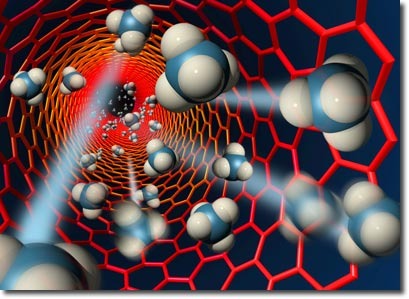Writing - it's almost obsolete since people now have the ability to type, which is much faster and much more convenient. One of the reasons that typing is more convenient is that writing causes the hand to become tired. Even so, most schools across the world still rely on the old-fashioned notation of pen and paper. Naturally, we became curious on how handwriting affected a person's ability to grip an item. We thought that, if a person were to handwrite for an certain period of time, then the grip strength would decrease.
We first measured someone's grip strength over the span of 20 seconds using Vernier's Hand Dynamometer prior to writing, transferring the data to Logger Pro. Then, he wrote the sentence, "The quick brown fox jumps over the lazy dog" repeatedly for one minute, and tested the grip strength after writing, again, over the span of 20 seconds. With the data collected in Logger Pro, we then found the integrals of the graphs. Next, we took the percent decrease in the integrals and graphed it on Microsoft Excel. To ensure accuracy in data collection, we ran this experiment on multiple people.
The graphs below represent the grip strengths for different people collected over a span of 20 seconds:
Leo's results:
Steven's results:
Matthew's results:
Jeffrey's results:
Eric's results:
Percent Decrease of Integrals:
Out of all of the results, it was clear that the grip strength trial before handwriting was much higher. As shown in all the graphs above, all test subjects' grip strengths were much weaker after writing for a minute. However, each individual test subject had a different percent decrease in grip strength. For example, Jeffrey exhibited an 18.43% decrease, whereas Leo exhibited a 47.95% decrease in strength. Even so, there was a clear trend: there was a decrease. Although the decrease in grip strength for each subject was different, it changed negatively.
This is ultimately because both gripping objects and writing require ATP. When the test subject does only gripping, more ATP is spent on gripping. However, after the test subject writes, more ATP is spent on writing, and less ATP is spent on gripping. Thus, lactic acid builds up in the muscles that control writing and gripping, making it painful to do both. In the end, our hypothesis was supported, but more importantly, this was definitely an interesting experiment to do.







